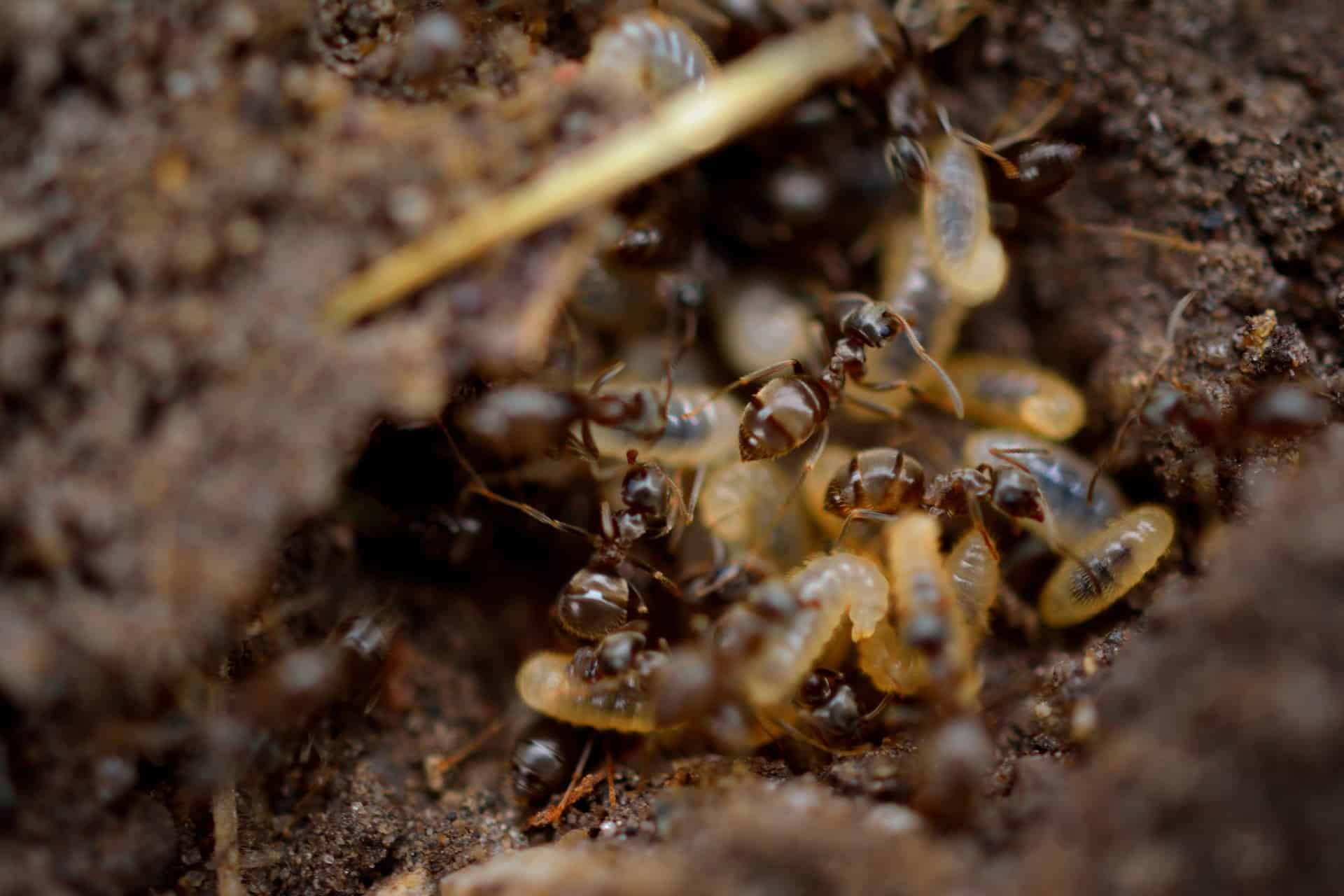Every year, termites cause more than $5 billion in damage to homes in the United States. Residents spend upwards of $2 billion preventing or eradicating termites.
Everyone knows the tell-tale signs of termites: wood shavings or other signs that the insects are consuming wood structures. The problem is that since termites shy away from light, they can cause serious damage before ever being identified.
Another indicator of the presence of insects is termite larvae. These are distinctive animals but are often mistaken for other insects. It is important to know what they look like in order to effectively address the issue.
This article goes over how to identify termite larvae. It will help you distinguish them from other insects and make recommendations on how to get rid of them. Keep reading to learn more.
What Do Termite Larvae Look Like?
Termite eggs typically hatch in less than a month. Termite larvae are insects that have recently hatched and are developing into adults.
Termite larvae look very much like smaller versions of adult termites. They are usually between 1/10 and 1/4 of an inch long, depending on how old they are, and have a distinctive head and abdomen.
Termite larvae have antennae and six legs (and sometimes two sets of wings). Also, while adult termites are usually brown, red, yellow, or tan, termite larvae are paler–a translucent white color.
Juvenile termites have soft bodies, not hard exoskeletons like adult termites. They molt several times until they have reached maturity.
Termite larvae are often mistaken for maggots and juvenile ants. Maggots, however, are larger and lack a segmented head or abdomen.
Carpenter ant larvae, on the other hand, have abdomens, which can add to the confusion. However, carpenter ant larvae are darker in color (red or black). Also, while termites try to avoid light, you will find carpenter ant larvae out searching for food.
How to Get Rid of Termite Larvae?
If you find termite larvae, it is a good sign that, if nothing else, your home or business has conditions that attract them. Simply eradicating the discovered termites may not be enough.
It can be a challenge to get rid of termites, but there are many proven methods. An orange oil and dish soap spray is an effective organic solution and may be appropriate for minor termite problems.
How to Spot and Get Rid of Termite Larvae
There also are termite traps that lure them with bait. These may be effective for isolated problems, but they do not guarantee that you trapped all the termites.
To deal with a more serious termite infestation, you can treat the building with boric acid. This is one of the most common methods of termite eradication.
It dehydrates termites and causes their central nervous system to shut down. You can spray it into any cracks in walls, floors, ceilings, or anywhere else termites can access to build nests.
Likewise, you can spread diatomaceous earth around areas where termites might live. It also dehydrates the insects. You can also learn more about DIY pest control or hire a professional to handle the problem.
Learn More About Identifying and Treating Termites
Now that you know how to identify and remove termite larvae, you can avoid costly professional pest control services (unless it is necessary). With a little bit of time and diligence, you can ensure your home is safe and free of termites.
We hope you found this information on pest control helpful. If so, take a look at some of our other posts on cleaning, mold removal, furniture repair, and fire and flood damage restoration.
